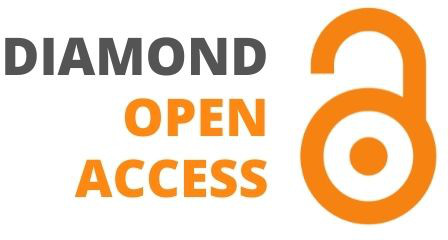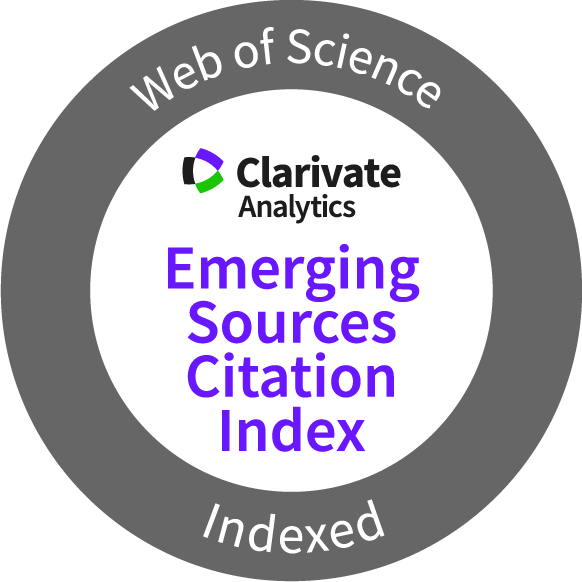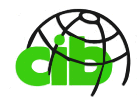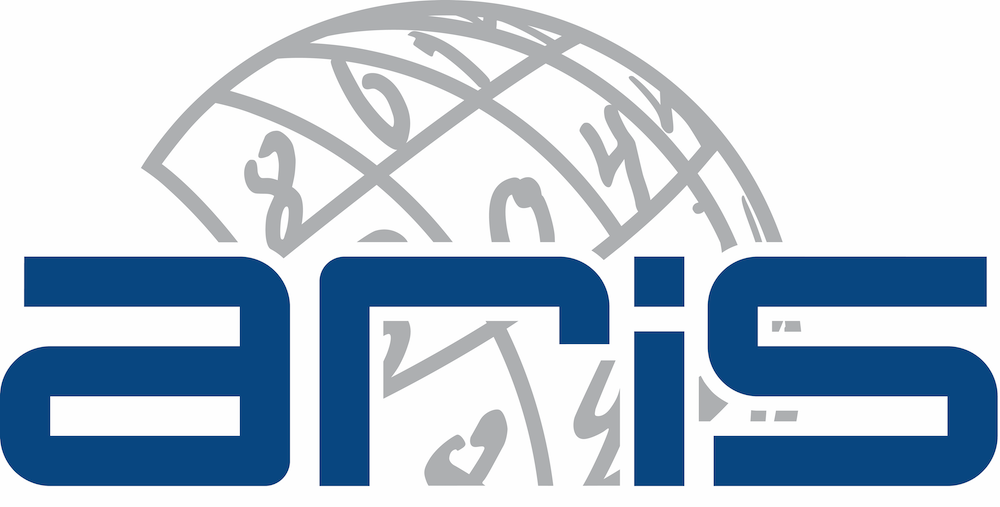Journal of Information Technology in Construction
ITcon Vol. 30, pg. 731-744, http://www.itcon.org/2025/30
A holistic approach to information requirements: Integration of level of information need and information delivery specification
| DOI: | 10.36680/j.itcon.2025.030 | |
| submitted: | December 2024 | |
| revised: | April 2025 | |
| published: | May 2025 | |
| editor(s): | Yang Zou, Mostafa Babaeian Jelodar, Zhenan Feng, Brian H.W. Guo | |
| authors: | Elif Akbas, M.Sc.
RWTH Aachen University, Aachen, Thyssen Schachtbau GmbH, Mülheim a.d Ruhr, Germany elif.akbash@rwth-aachen.de Marzia Bolpagni, Dr. Northumbria University, Newcastle, United Kingdom marzia.bolpagni@northumbria.ac.uk André Borrmann, Professor Technical University of Munich, Munich, Germany andre.borrmann@tum.de Stefan Boeykens, Dr. D-studio, Mechelen + KU Leuven, Leuven, Belgium sb@dstudio.be, stefan.boeykens@kuleuven.be Martina Mellenthin Filardo, M.Sc. Bauhaus-Universität Weimar, Weimar, Germany martina.mellenthin.filardo@uni-weimar.de Liu Liu, M.Sc. Computing in Engineering, Ruhr University Bochum, Bochum, Germany liu.liu-m6r@rub.de Jakob Beetz, Professor Design Computation Chair, RWTH Aachen University, Aachen, Germany beetz@dc.rwth-aachen.de | |
| summary: | Digitalization and automation in the construction industry improve the efficiency of information management. For automated information management systems, it is crucial to establish standardized and well-structured information requirements. Recently, various methods have been developed to specify project requirements, addressing different aspects of the projects, with some overlap in certain areas. This paper examines standardized, machine-readable methods, such as the Information Delivery Specification (IDS) and Level of Information Need (LOIN) XML schema, focusing on their integration. Both methods use XML schemas; however, LOINXML covers a broader range of aspects, while IDS mainly focuses on alphanumerical requirements. Although there is some overlap in the alphanumeric content between the two schemas, their structures and applications differentiate them. The primary objective of this research is discovering the integration possibilities of these methods by analyzing their data templates and standards, with the aim of providing holistic approaches for efficient information management. There is potential to integrate the two schemas, however challenges remain due to the differences in the schemas and their scopes, limiting to cover all the aspects through integration. | |
| keywords: | Information Management, Information Requirement, Building Information Modelling, Information Validation, level of information need, Information Delivery Specification | |
| full text: | (PDF file, 1.164 MB) | |
| citation: | Akbas E, Bolpagni M, Borrmann A, Boeykens S, Mellenthin Filardo M, Liu L, Beetz J (2025). A holistic approach to information requirements: Integration of level of information need and information delivery specification, ITcon Vol. 30, Special issue Construction 5.0, pg. 731-744, https://doi.org/10.36680/j.itcon.2025.030 | |
| statistics: |





